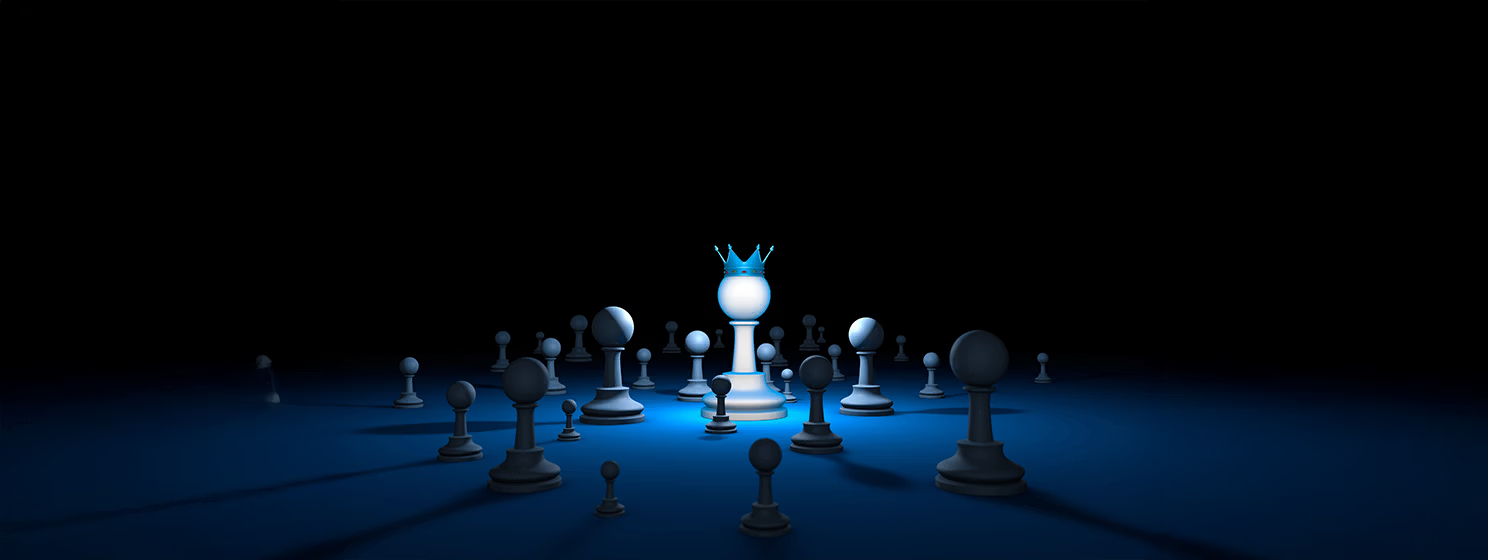|
Getting your Trinity Audio player ready...
|
A separate analysis published by the Federal Reserve Bank of San Francisco says the same thing.
In December 2017, the Chicago Board Options Exchange (Cboe) and Chicago Mercantile Exchange (CME) launched its bitcoin futures market. During that time, BTC was in the middle of a rollercoaster—a lot was going on last year and the cryptocurrency industry saw an influx of new buyers. Several commentators tried pointing out spikes and drops, and tried to logicize the events that caused each of them.
But with all the fluctuations (and all the excitement), at some point, it became hard to make sense of the crypto value movement. And so everyone just buckled up and braced themselves for the ride.
In an article last week, however, Japanese economist Yukio Noguchi pointed something out in that rubble that was the big 2018 crypto-shipwreck, and it’s gaining a lot of attention. According to Noguchi, the launch of Cboe and CME’s bitcoin futures trading market killed BTC’s bull run and caused the subsequent bear market this year that continues to this day.
Not only that, he says bitcoin futures also killed any potential bull runs in the future.
“Because it’s now possible to trade on bitcoin futures, you’ll never see a rapid surge again,” a translation of Noguchi’s article reads. He points out that the upside is that we are now seeing a return to normal values, after the momentary bubble.
Noguchi isn’t alone in pointing this out. An analysis published by the Federal Reserve Bank of San Francisco says the same thing. Galina Hale, Arvind Krishnamurthy, Marianna Kudlyak, and Patrick Shultz wrote:
“From Bitcoin’s inception in 2009 through mid-2017, its price remained under $4,000. In the second half of 2017, it climbed dramatically to nearly $20,000, but descended rapidly starting in mid-December. The peak price coincided with the introduction of bitcoin futures trading on the Chicago Mercantile Exchange. The rapid run-up and subsequent fall in the price after the introduction of futures does not appear to be a coincidence. Rather, it is consistent with trading behavior that typically accompanies the introduction of futures markets for an asset.”
Disturbingly, the authors say such a trend has been seen in history before.
“…we argue that these price dynamics are consistent with the rise and collapse of the home financing market in the 2000s, as explained in Fostel and Geanakoplos (2012),” they continued.
“Similarly, the advent of blockchain introduced a new financial instrument, bitcoin, which optimistic investors bid up, until the launch of bitcoin futures allowed pessimists to enter the market, which contributed to the reversal of the bitcoin price dynamics.”
According to the authors, the introduction of futures trading for bitcoin means pessimists now become a more regular downward force in the crypto-trading market, which means bull runs like the one last year are unlikely.
“With the introduction of bitcoin futures, pessimists could bet on a bitcoin price decline, buying and selling contracts with a lower delivery price in the future than the spot price. For example, they could sell a promise to deliver a bitcoin in a month’s time at a lower price than the current spot price and hope to buy a bitcoin during the month at an even lower price to make a profit.”

 12-29-2025
12-29-2025 




